It’s closing in on the end of the year (or if you’re reading this in the future well then a warm welcome from the past) which means it’s time to look towards next year’s setups.
The age of DSLR vlogging and even perhaps videography work using DSLRs is starting to fade. Smartphones now have incredible shooting capabilities and in a lot of cases, can outperform DSLRs for a fraction of the cost.
This is not to contend with high-end footage that needs to be shot on high-end cameras such as RED’s & Alexa’s for instance.
No, this is for the start-up to middle budget route of videography and vlogging equipment.
So, What’s New?
Well, to be honest with you, probably not much in terms of the physical items you require. If you’ve been vlogging or doing mobile shooting in 2019 or earlier, then you probably know and have what you need. (We’ll still run through what those are for anyone who’s coming in to this fresh.)
It’s more the way in which you do do things, the applications and the workflows applied, that has changed.
Let’s crack on and we can show you what we mean.
Hardware
DISCLAIMER: This post may contain affiliate links. We make a small commission if you buy the products from these links (at no extra cost to you). As an Amazon Associate, I earn from qualifying purchases. But we only recommend products we would use ourselves. For more information, click here to see our disclosures.
A Smartphone
First things first we need something to capture on. We use iPhones primarily as the best phone for vlogging on but the choice of smartphone you use is up to you. Our preference at the time of writing is now the iPhone 11 Pro. Why? Because of the 4 different cameras to choose from when shooting.
Microphone
Audio is key. Audio is the first thing your viewer will notice if it is bad. If your audio is good then the viewer should never notice a thing and instead be carried by your visual narrative. That means we need a better mic than the mic at the bottom of your smartphone. There are several routes to go down, including smartphone lavalier mics, radio mics and shotgun mics. Our preference for quick and affordable vlogging setups is the RODE VideoMicro shotgun mic. It sits happily on your rig and provides audio far superior to your smartphone’s mic. The VideoMicro retails for around $59/£54. Note, you may need an adapter for iPhones.
Lenses
You don’t NEED to have additional lenses to start shooting on mobile, in fact, you don’t need any of the rest of this list of items past a smartphone to start shooting. However, to increase the quality and get us to DSLR standards then you should seriously consider these items. We prefer to use a Moment lens for smartphones with our preference being the 18mm wide for great establishing shots and wider field of view than your smartphone’s current wide angle lens. And the 58mm tele, which gives you amazing portrait and talking head shots. With all of these lenses you will also need the accompanying moment case to house the lens.
The 18mm wide usually retails for around $120/£100, the 58mm tele for $120/£100 and the case for around $40/£35 (depending on which case you go for).
This Moment Wide lens captures 2x more picture with a multi-element glass design that provides edge to edge clarity. The most advanced lens Moment has ever made, the Wide18mm Lens captures smartphone photos and videos that are beautiful, crisp, and straight, with no fisheye distortion.
The Moment 58mm Tele lens is sharp edge to edge, bringing you 2x closer to the subject on a single or dual lens phone. Used on a single lens phone it's equivalent to a 58mm lens. Used on the Tele side of a dual lens phone it's equivalent to a 115mm lens.
The photo case brings the best of a camera (subtle grip, attachable lenses, and a strap) and combines it with the traditions of a super rugged case...all without the bulk.
Rig
You need something to hold you camera with. Unless of course you want your extended arm in the shot, in which case that’s fine. The Joby GorillaPod Mobile Rig is a very good starting place for mobile shooting. This particular model also offers shoe mounts for mics and on-camera lights which is very useful. The GorillaPod Mobile Rig retails for between $80-100/£60-90. If the GorillaPod route is not for you then we suggest a lightweight Manfrotto tripod to get those nice and steady static shots.
Lighting
Depending on where you are filming you may need to add additional lighting to your scene, to make sure you are exposed correctly. One of our favourite on-the-go lights for vlogging is the Rotolight NEO 2. It uses battery or plug-in power, it is daylight balanced and has a shoe mount for sitting on top of your camera rig. The NEO 2 retails for around $200/£180. For a smaller setup you can use the Manfrotto LED on-camera lights that sit on the additional arms. Great for quick setups.
Gimbal
This is an added bonus but if you want buttery smooth shots then this is how you get them. DJI gimbals are a fantastic range of mobile gimbals called the OSMO Mobile range. The latest at time of writing is the OSMO Mobile 3. It retails for around $120/£100.
Storage
Phone storage is necessary to stop your smartphone memory from getting full. A good external drive with USB-C or lightning connection is a good idea for complete mobile set up but we’ll get on to that.
Ok, that’s pretty much it in terms of hardware. And believe us when we say you don’t need everything in that list to start shooting. If you did have it all then it could get costly, quite quickly. The bare essentials are a phone and a mic.
Software
This is where things have started to take a shift from last year.
Up until now most mobile shooters capture everything on their smartphone camera app and then transfer it off their phone to edit on a pc afterwards.
That is beginning to change as we move to mobile editing platforms such as LumaFusion from LumaTouch.
Before we get on to that we should also mention the plethora of shooting apps that enable you to get much more sophisticated control of your camera settings than the standard camera app controls.

If you have bought, or already own, the Moment lenses we mentioned above then they have their specific Moment Pro app that you can purchase. Or there is a preferred app we use called FiLMiC Pro that has a little more functionality than the Moment app but is a little more expensive. Check out our review on the FiLMiC app here.

Both apps allow you to control your ISO and shutter speed. Apertures on smartphones are fixed so that is not changeable. You can alter the picture profile and even go for a flat profile (the LOG feature in both isn’t actually true LOG according to deeper tests) to get more range in the grade. Another big thing here is the framerate and bitrate at which you can record as well, allowing you to record differing frame rates at high bitrates for more control in post without degrading the footage.
After this stage the option is open as to whether you offload the footage to edit on your PC or do you edit on your mobile device?
And with that, how do you store the footage?
We’ll get to that after we talk about editing.
As mentioned above there are mobile editing platforms. You have iMovie on iPhones and you have Adobe Rush BUT the go-to app has to be LumaFusion from LumaTouch.
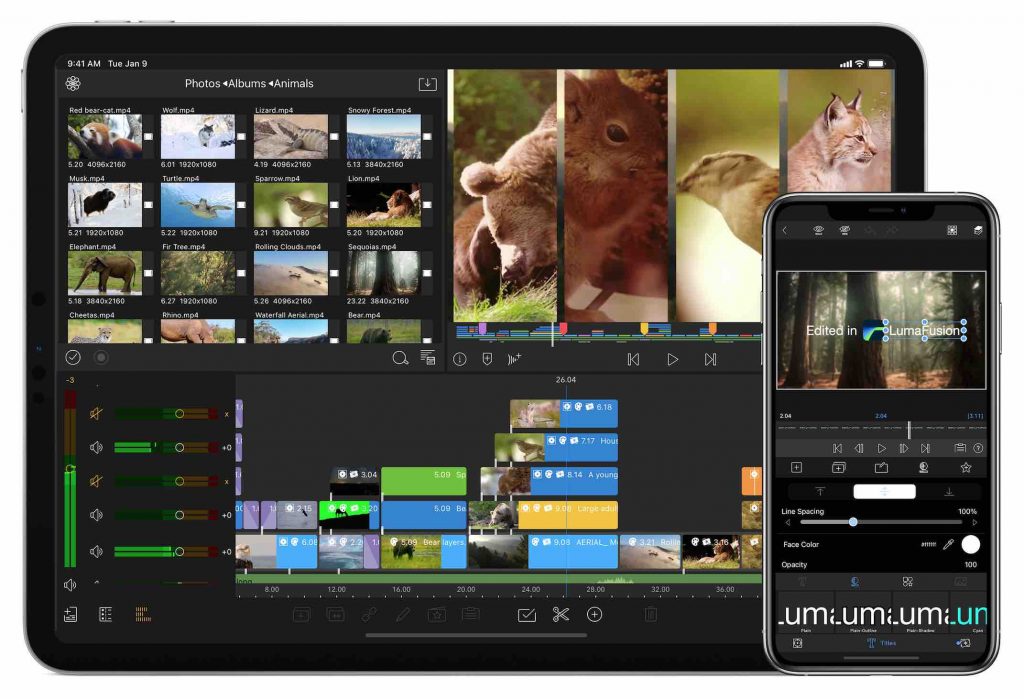
LumaFusion is the most fully formed editing platform we have seen on a mobile device compared to the rest of the market. The functionality, creativity and ease with which LumaFusion allows you to edit cannot be paralleled by the other apps.
You can edit, grade, control audio and add graphics all from your phone or tablet. You can then export to your preferred format or straight to social platforms.
As professional editors we are astonished at how well this app can actually perform as an NLE.
Storage
Ok, so now on to storage.
We have actually covered this in another post here.
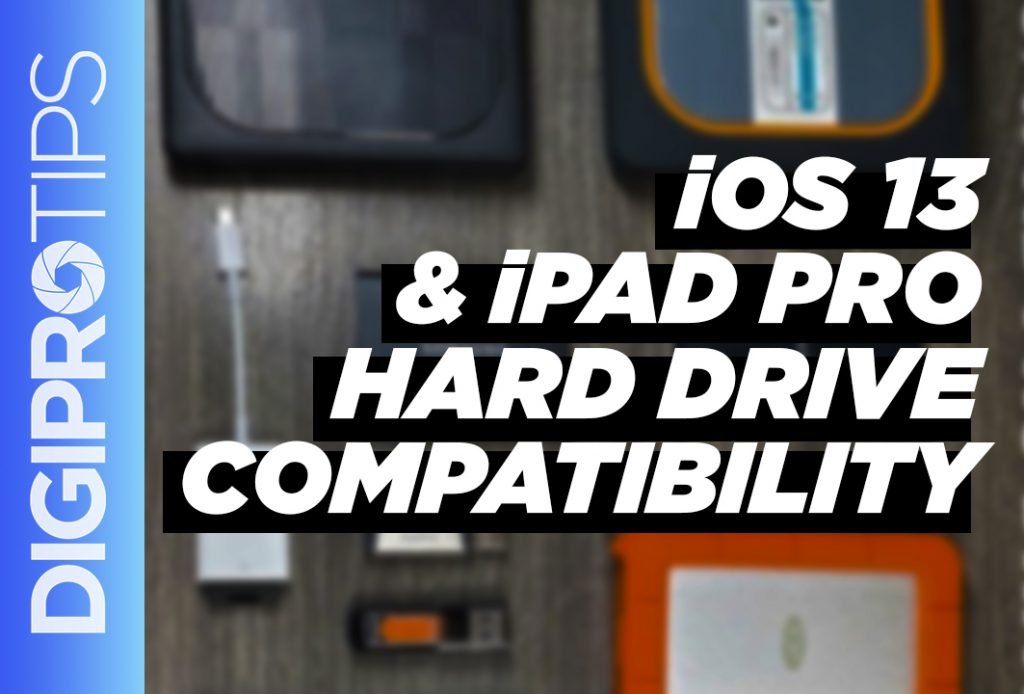
But for now, what you should know is that smartphones can now communicate and use external storage.
That’s right, you don’t necessarily have to use a PC to do any editing or storing of media at all!
The mobile age is truly upon us.
For I-devices you will need iOS13 to take advantage of this technology and you may need an adapter if your device uses lighting ports instead of USB-C (the iPad Pro is the main USB-C device we are talking about here).
Most Android devices now use USB-C so that isn’t as much of a consideration.
What Comes Next is up to You
How far you can take the mobile videography route is really up to you and your creativity.
Being able to shoot, edit, store and upload everything from a mobile device at DSLR quality really does mean that you can go anywhere and achieve almost any type of shoot that you can dream of.
As we said at the beginning, high-end will always be high-end and you get what you pay for. But for the new age of videography this is truly a mobile game.
We hope you got some inspiration and some good ideas on how to work smarter and not harder with your mobile setup for 2020.
Let us know how you’ve gone about your mobile set up in the comments.
DigiProTips
For more mobile shooting content, check out our guide to using your iPhone as an NDI wecbam for OBS here:
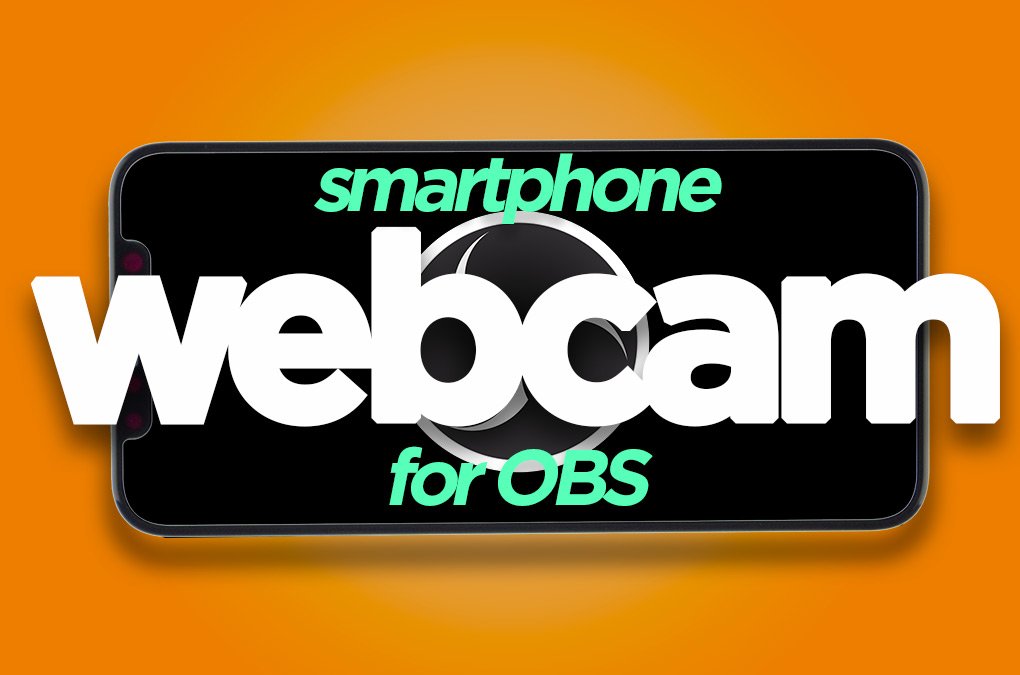

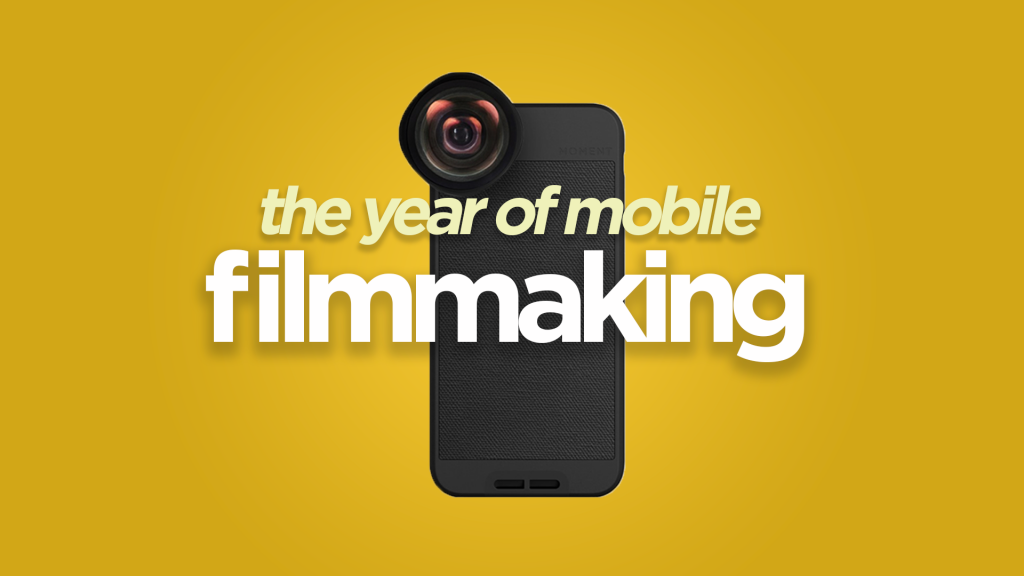
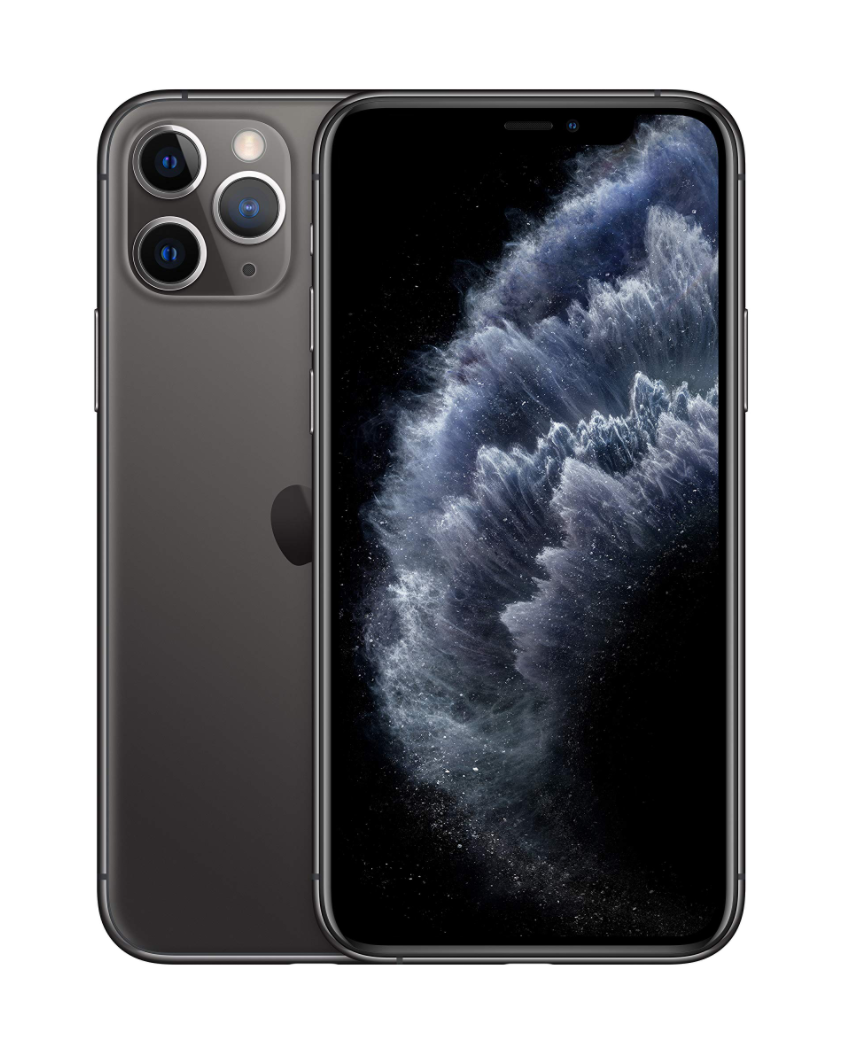

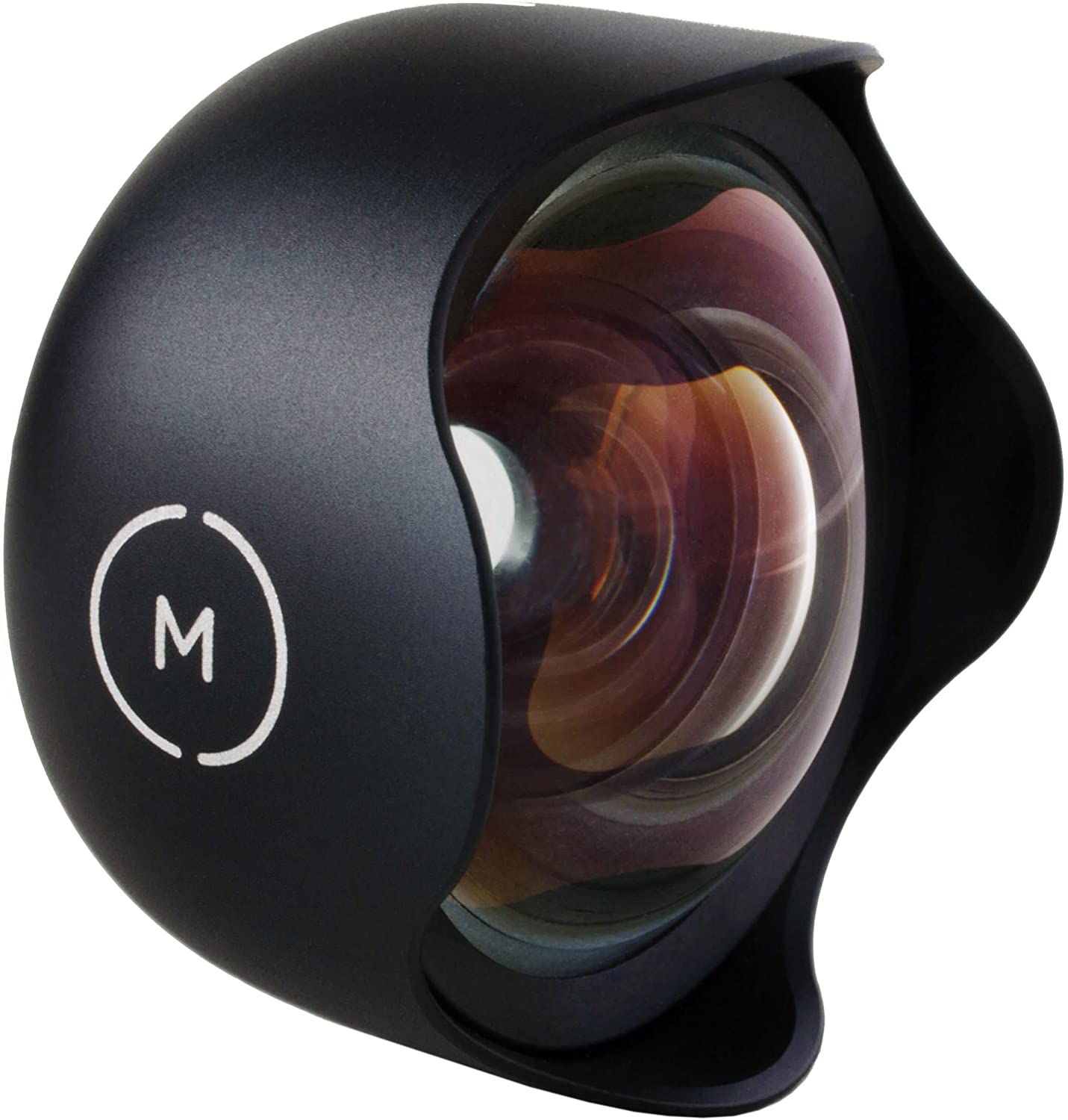

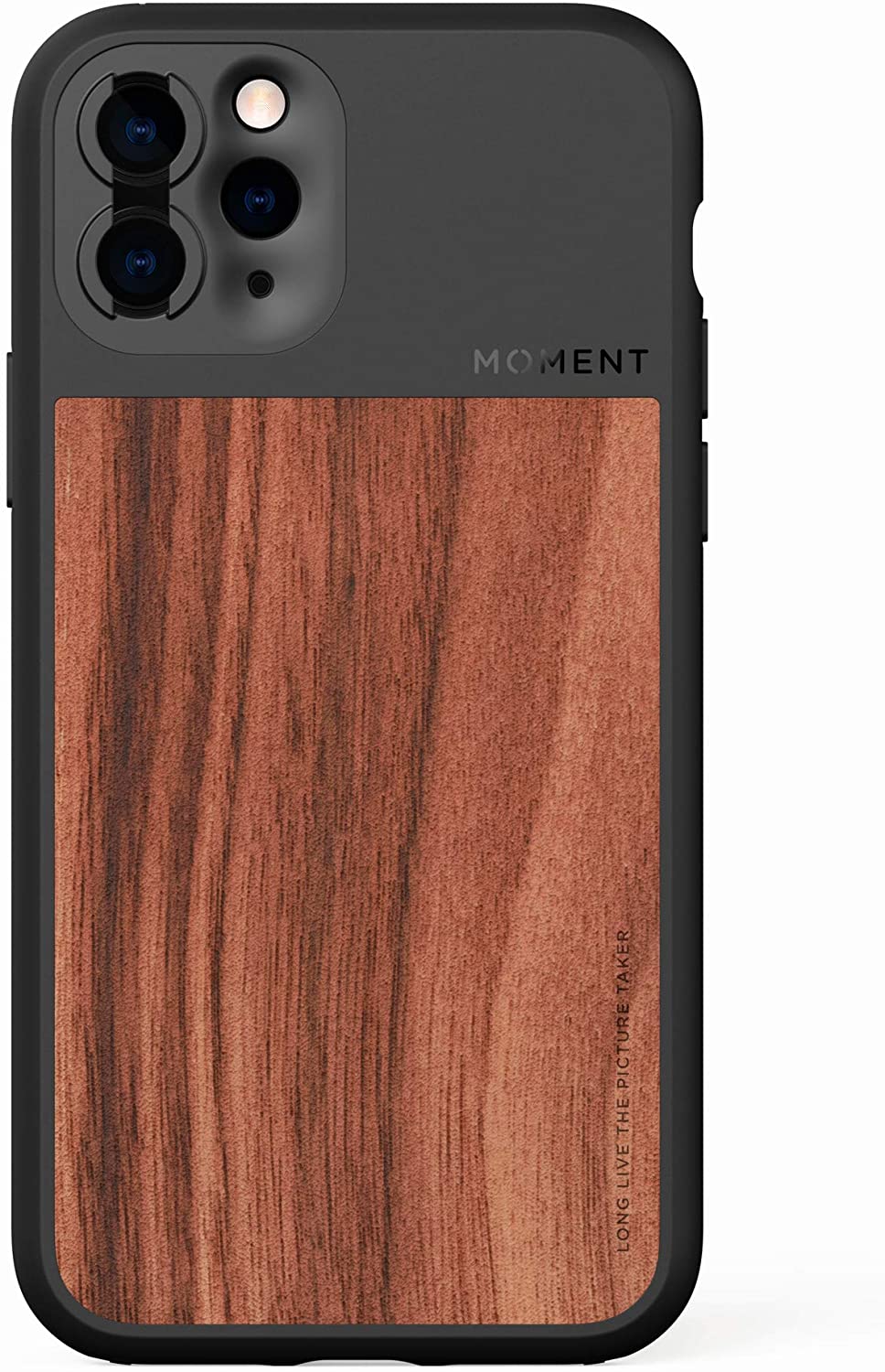
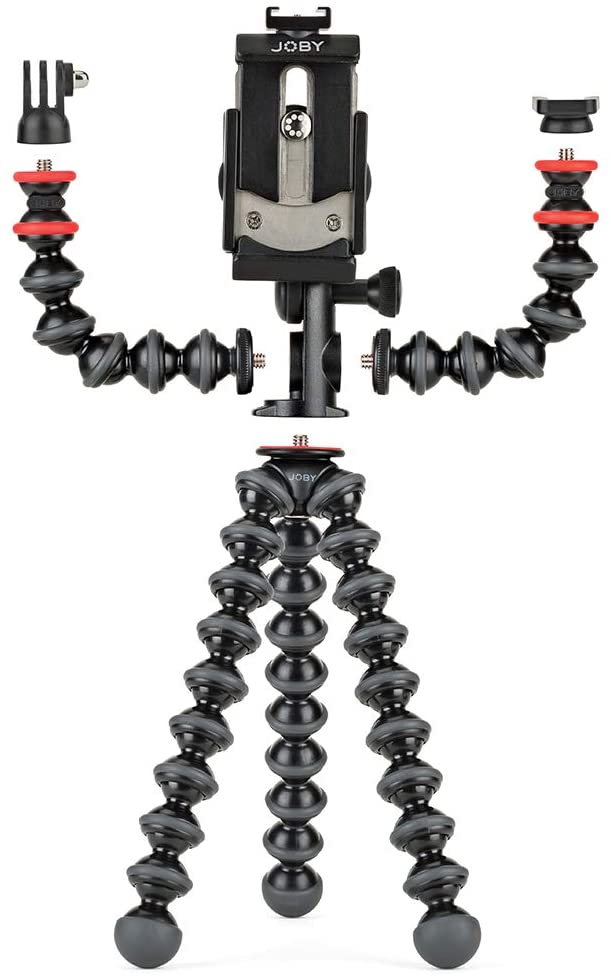

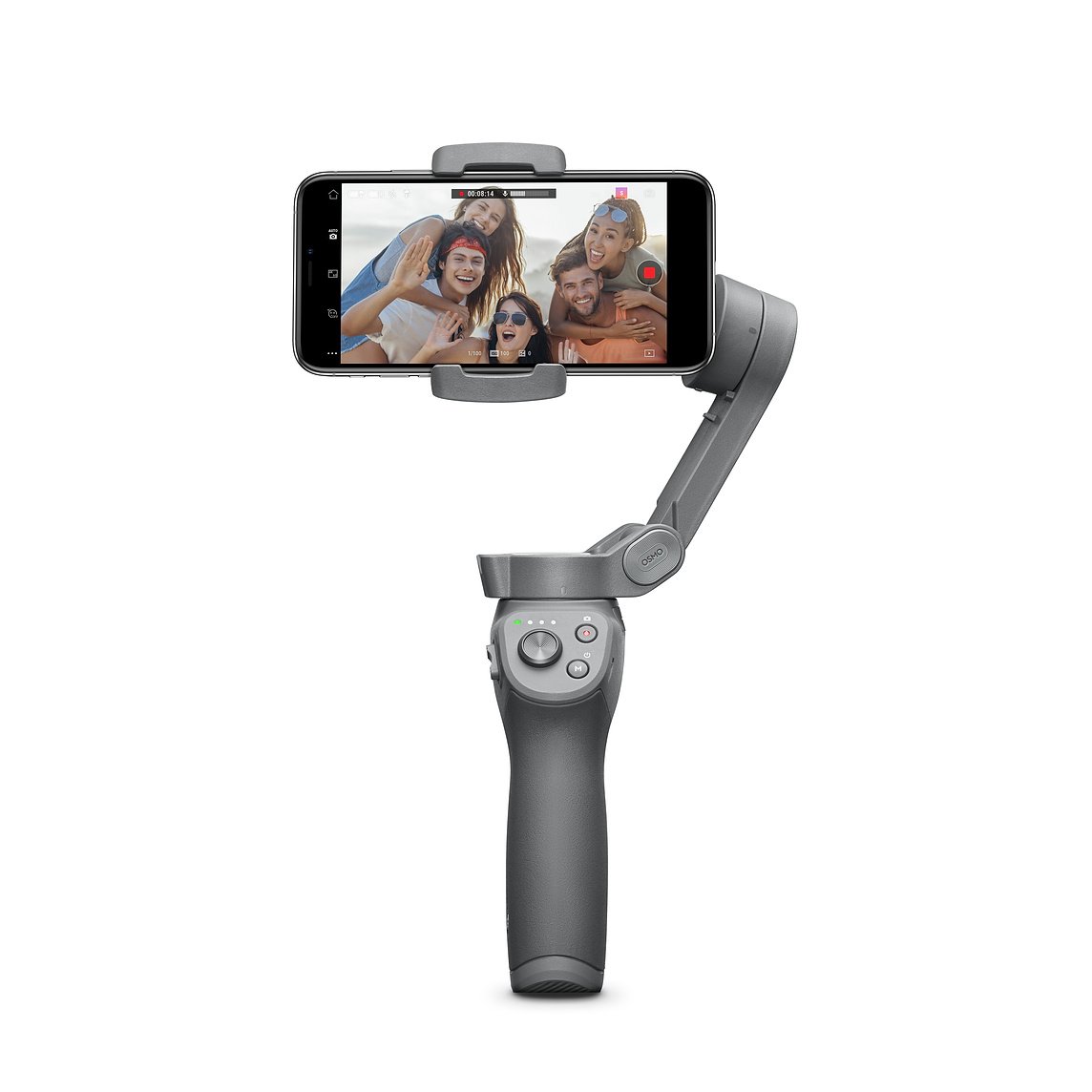
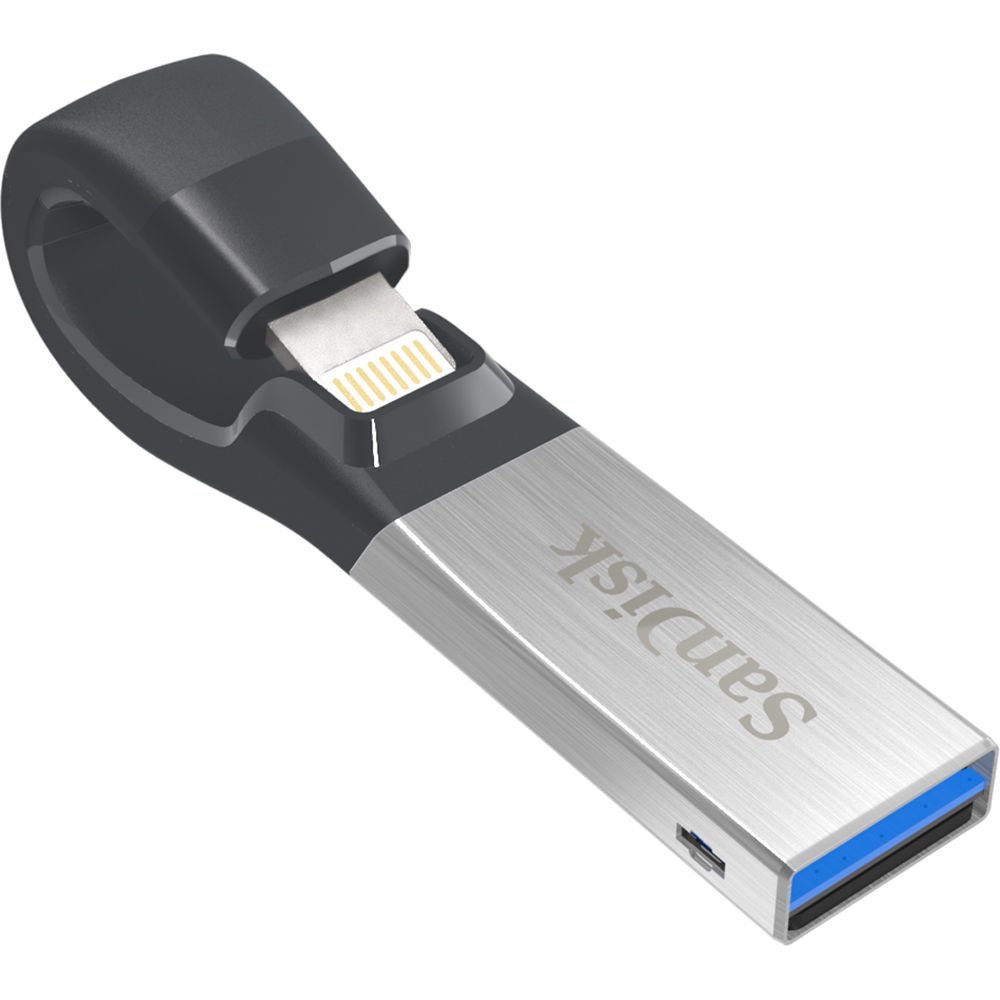
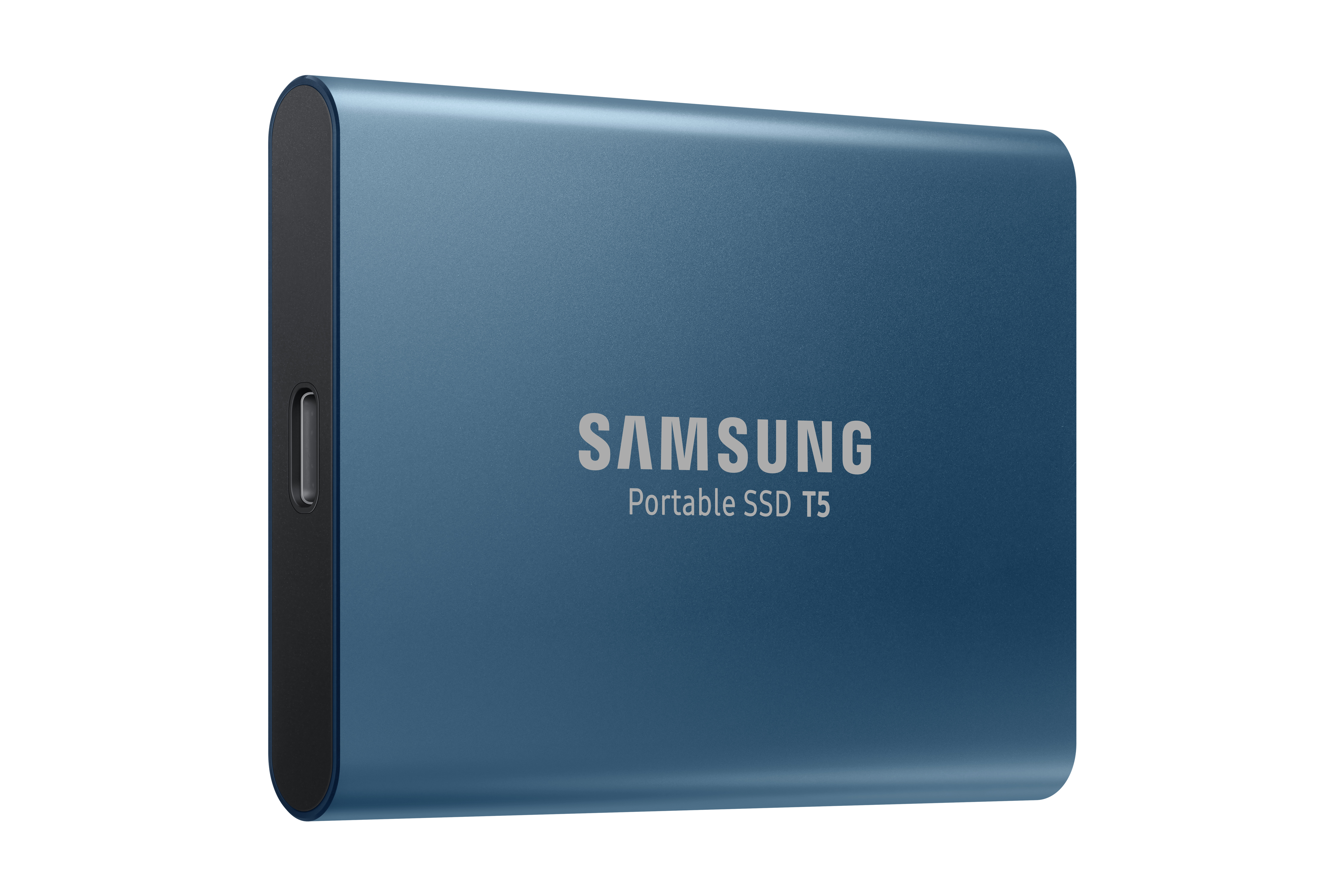
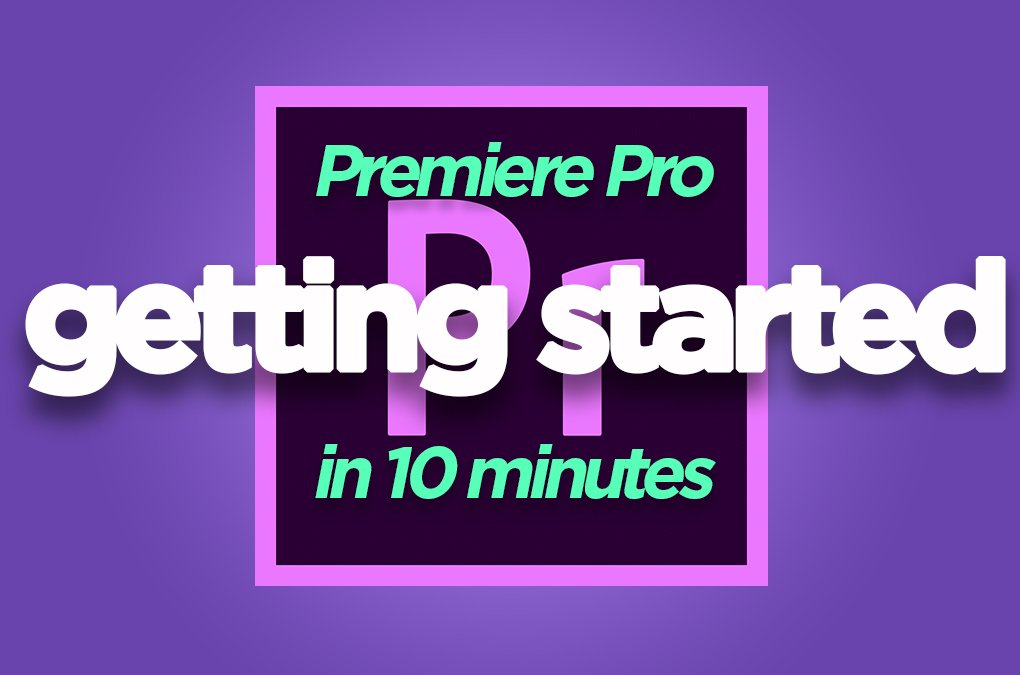
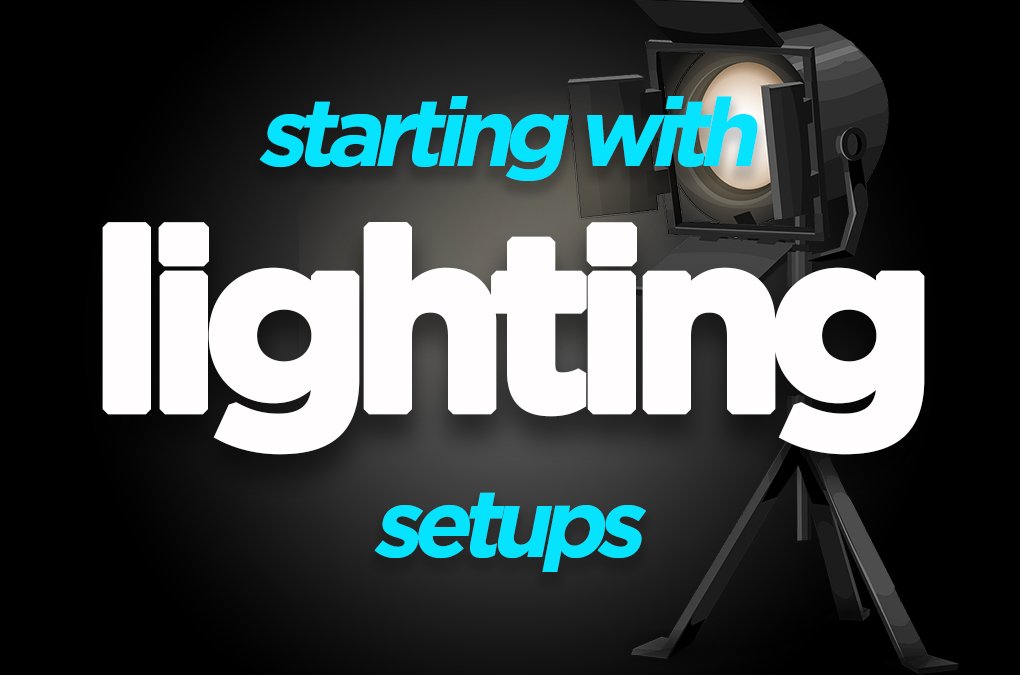
Pingback: Can You Edit Video on the iPad Pro With Apple Magic Keyboard? -
Pingback: iOS 13 & iPad Pro Hard Drive Compatibility -
Pingback: 1, 2 or 3 Light Set Ups - Get Started With Lighting -
Pingback: Top 5 Tips To Get Better Audio -
Pingback: Is the iPhone 11 & FCPX Combo a FiLMiC Pro & LumaFusion Killer? -
Pingback: which phone has the best camera – Beat Camera Accessories